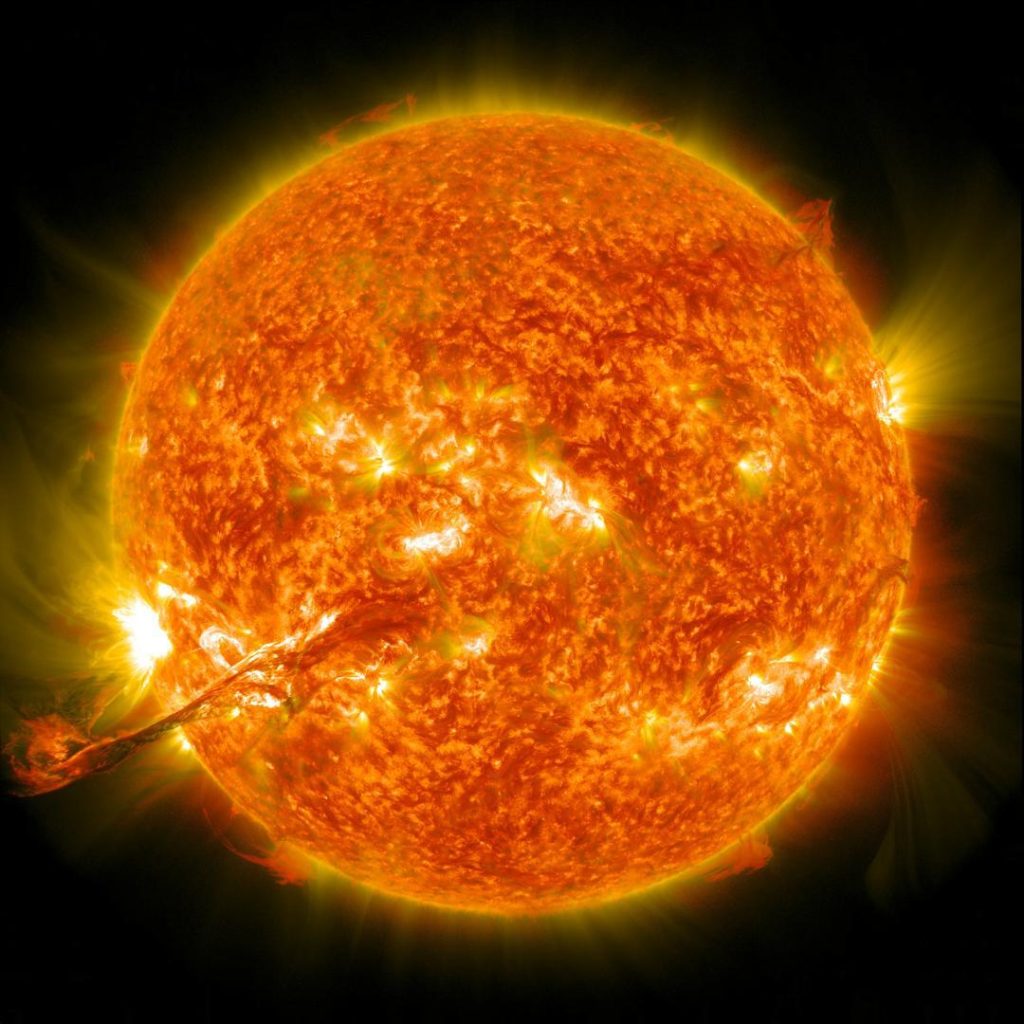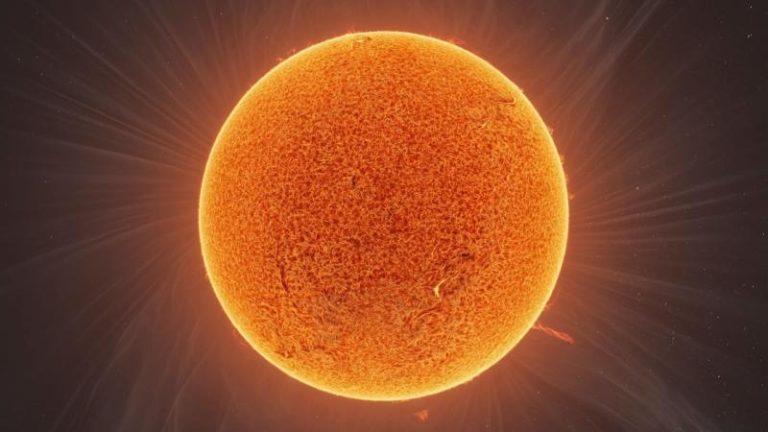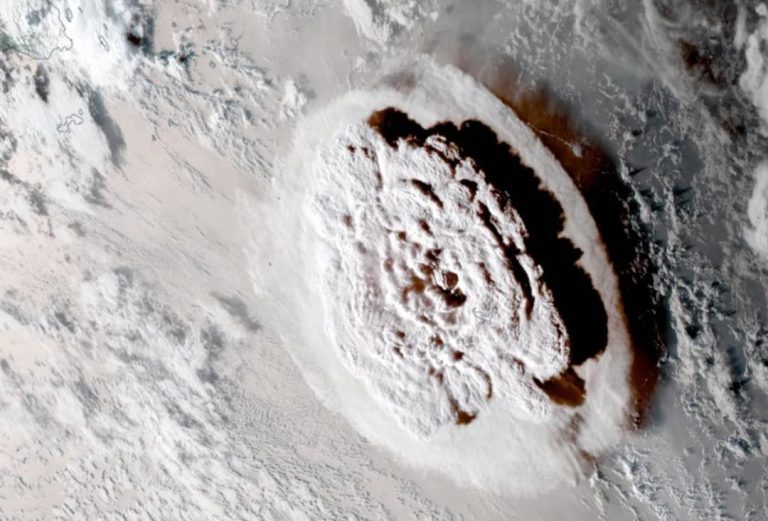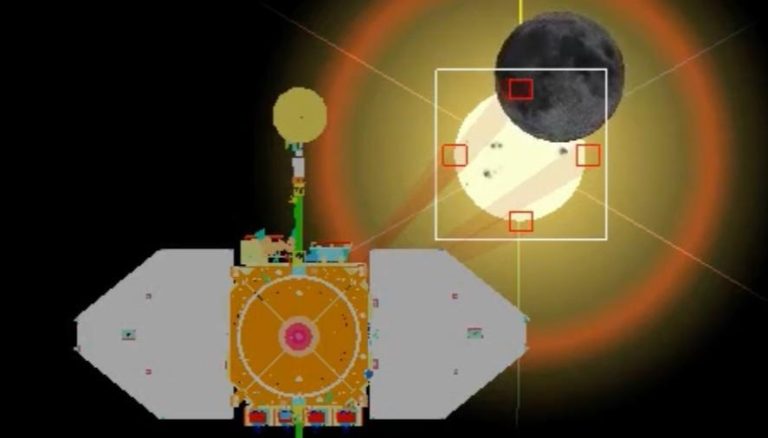
The Importance of Space Weather Prediction: Understanding the Sun’s Activity to Protect Our Technological Society
The Sun is the source of life on Earth, providing us with warmth, light, and energy. However, its activity can also have a significant impact on our technological society. Major solar flares and other solar events can disrupt communication and power systems, causing widespread damage and loss of productivity. To mitigate these effects, it is essential to understand the Sun’s activity and develop accurate forecasting models that can predict solar impacts.
In recent years, researchers have made significant progress in understanding the Sun’s activity patterns, which have helped to improve our ability to predict space weather events. A new study has shed light on the Sun’s supradecadal patterns, which are long-term cycles that can have a significant impact on our planet.
The Importance of Space Weather Prediction
Space weather refers to the dynamic and dynamic conditions in the Earth’s magnetic field and atmosphere caused by solar activity. Solar flares and coronal mass ejections (CMEs) can cause geomagnetic storms, which can impact our technological systems. These storms can disrupt communication and power systems, causing widespread damage and loss of productivity.
The importance of space weather prediction cannot be overstated. The consequences of a major solar flare or CME can be severe, causing:
- Disruptions to communication systems, including satellite communications and GPS
- Power outages, which can have a significant impact on industries and households
- Disruptions to transportation systems, including air traffic control and navigation systems
- Damage to infrastructure, including buildings and bridges
- Increased risk of electrical fires and explosions
Understanding the Sun’s Activity
The Sun’s activity is characterized by cycles of activity, including the 11-year solar cycle. During this cycle, the Sun’s magnetic field reverses, causing an increase in solar flares and CMEs. However, the Sun’s activity is not limited to the 11-year cycle. Research has shown that the Sun’s activity is influenced by longer-term patterns, including supradecadal patterns.
Supradecadal patterns refer to long-term cycles that can have a significant impact on the Sun’s activity. These patterns are thought to be caused by changes in the Sun’s internal dynamics, including changes in the Sun’s rotation rate and magnetic field.
New Research Uncovers the Sun’s Supradecadal Patterns
A recent study has shed light on the Sun’s supradecadal patterns, which are thought to be influenced by changes in the Sun’s internal dynamics. The study used data from the Solar and Heliospheric Observatory (SOHO) to analyze the Sun’s activity over a period of 25 years.
The study found that the Sun’s supradecadal patterns are characterized by a repeating cycle of activity, with periods of high activity followed by periods of low activity. The study also found that these patterns are influenced by changes in the Sun’s rotation rate and magnetic field.
The implications of this research are significant. By understanding the Sun’s supradecadal patterns, scientists can develop more accurate forecasting models that can predict solar impacts on Earth. This will enable us to prepare for the consequences of solar weather on Earth, reducing the risk of disruptions to our technological systems.
Conclusion
Space weather prediction is essential for protecting our technological society from the impacts of solar activity. By understanding the Sun’s supradecadal patterns, scientists can develop more accurate forecasting models that can predict solar impacts on Earth. The consequences of a major solar flare or CME can be severe, causing widespread damage and loss of productivity. By preparing for the consequences of solar weather on Earth, we can reduce the risk of disruptions to our technological systems and ensure the continued functioning of our society.
News Source:






